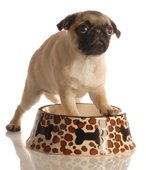 |
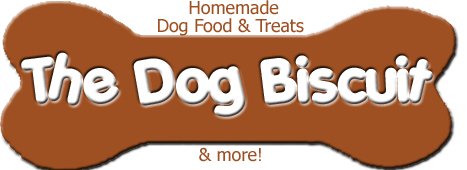 | 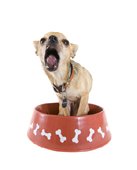
| |
Dog Training AdviceDog Crate TrainingThe best dog training advice is to anticipate, practice, and reward. Try a dog training camp for day training; use a good dog training leash and collar. Dog crate training is usually the first step. Dog training advice comes in many forms (from basic dog obedience training to crate training a dog) but one golden rule of training is setting dogs up for success and not failure. Keep your dog from starting a bad habit in the first place goes a long way in training your pet to do the right thing. You will be amazed to find that when you have a dog everyone will want to give you their dog training advice (whether or not you want it). The best approach is to listen to what people have to say, decide if it makes sense to you - and to your environment - and then use what fits you, your family and your dog best. Some dog training advice is fairly common. If your dog starts to eliminate in the house and continues, this starts a snowball effect of continuing to do so. The first rule here should be to not allow the dog to have full run of the house until your canine is completely house trained. Dog Training Camp: Basic Dog Obedience TrainingThere are a number of all day dog training camps that you can participate in. These are not meant for short-attention span puppies but more mature dogs (two years and older) that need re-training or advanced training. These training camps usually provide a solid mix of training with play; it can be very tiring for both you and your pet! Make sure that you have a good dog training leash and collar for any training activities: usually a six foot or eight foot leash, and a thirty foot leash if you're practicing come and fetch during the training session. We prefer using a harness-type collar; it helps our dogs to feel the movement better when we turn sideways, or backwards and forwards. Basic Dog Training AdviceThe most basic dog training is to 'house train' your dog not to eliminate inside your home. This training needs to begin as soon as you bring your new puppy or dog home. Being mean or harsh isn't necessary when training a dog, but showing them you mean business is. If you catch your dog in the act of elimination in the house say a stern "NO!" to them and pick them up - even during the act of it, they will stop with the elimination when you do, and take them outside to the spot where you want them to go. Hitting your dog or rubbing their nose in the mess only serves to traumatize them. Your tone of voice and the action of removing them from the scene is enough punishment. When your dog does have an accident the best way to prevent another accident is to clean it up immediately. Do not use an ammonia-based cleanser, because to a dog it smells like urine. Use an enzymatic or vinegar based cleanser or plain soap and water. Ultimately the best way to train your puppy or dog is to provide constant supervision. Normally this is impossible, so in this case you need to have two confinement areas to train - one that you use for short-term confinement and one that you use for long-term confinement. Dog Crate TrainingShort term confinement works best when you are there at home but occupied and can't constantly watch your dog. Confinement areas can consist of a crate or temporary pen or a leash tethered to a wall or a large unmovable object. The idea is to keep the dog from wandering around and having accidents. The rule of thumb is to confine them for short periods of time. Puppies need to eliminate more often than adult dogs. But before you confine them - introduce your puppy to the confinement area. Lay a treat in the area and let your dog freely sniff it out and go in and out of the area before locking the dog into it. Never leave a puppy in a confined area for more than a couple of hours and an adult dog for more than 4 to 6 hours. The idea behind short term confinement is that a dog instinctively will not soil in their own bed. Slowly increasing the time spent in these areas teaches your dog to hold its need for a bathroom break for longer and longer periods of time. When you first start your dog in short-term confinement, take them out to eliminate every hour or so in the beginning. Especially take them out after eating, napping/sleeping, drinking. Then give them time to have exercise / play time. Your main goal with short-term confinement training is to keep your dog from eliminating while confined. Slowly work up to keeping them confined for longer periods of time. This will train them to hold their eliminations longer. If you bought your pup from a pet store, you may find that short term confinement training may not work as quickly. This is because they spent most of their time confined. The best dog training advice with pet store dogs is that you will need to work on the short term confinement in shorter time frames in order to see it work. Keep at it, eventually your pet will catch on. Taking Care of Your DogPart of the training and care of your pet includes making sure that your dog doesn't get fleas from grasses, the outdoors, or other dogs. We recommend a natural herbal dog shampoo called PetAlive BeFree Flea Shampoo. It helps to deter fleas, flies and mosquitoes for dogs; and is safe to use. If you want your dog to pay attention and be well trained, you need to ensure he or she is flea-free and healthy too! Return to top of Dog Training Advice. Return from Dog Training Advice to The Dog Biscuit Home Page. | Related Articles
Dog Training Tips Basic Dog Obedience Training Equipment Crate Training a Dog Dog Biscuit Recipes Make the Best Rewards Doggy Training Dog Training Advice for Short Term Confinement Dog Training Devices Dog Training Guide for Long Term Confinement Dog Training Hand Signals Free Dog Clicker Training How to Train a Dog to Eliminate Outside? Teach Dog Tricks 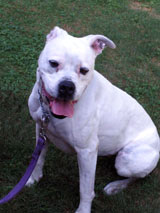 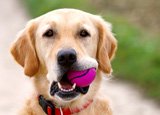 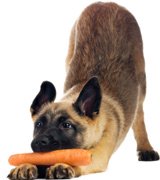 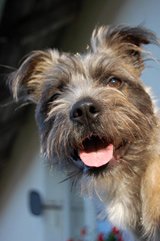 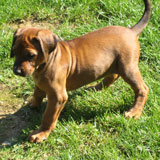  | ||
|
Enjoy This Site?
Then why not use the button below, to add us to your favorite bookmarking service? | |||
|
| Home | About
| Contact | Sitemap
| What's New
|Privacy Policy |
This site is for informational purposes only. If you have an issue with your dog's health, please see your vet.
Website design by Webmidwife.com | |||
| | |||







